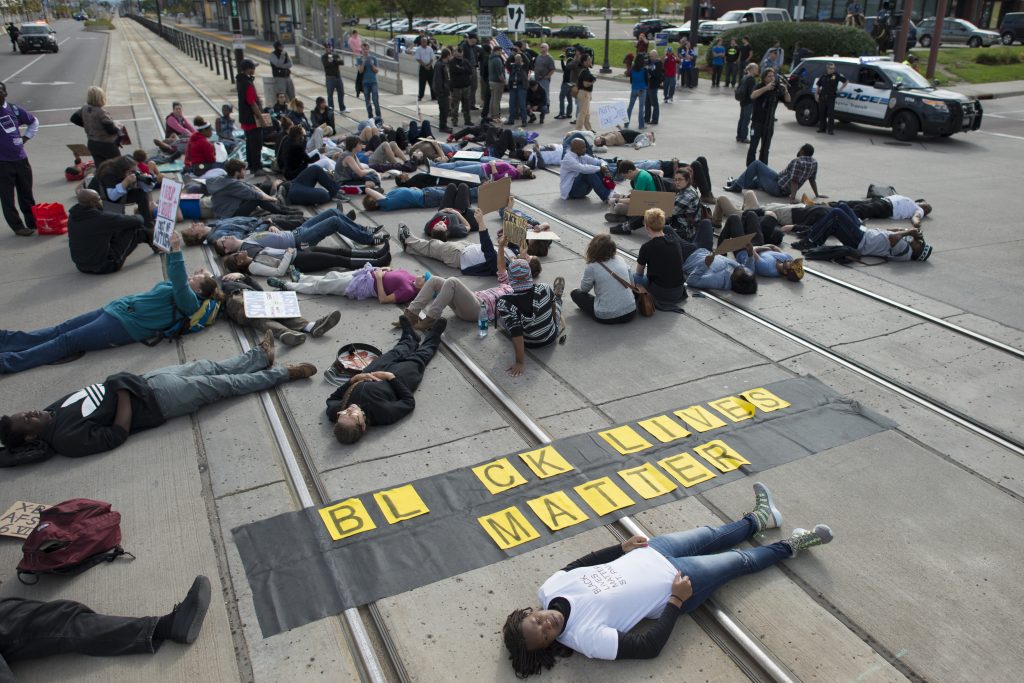Why We Must Talk About Race
I grew up a black woman in urban Los Angeles during the age of the civil rights movement. “Race” was all around me, woven into the fabric of my personal life, my community, my country. Perhaps it was inevitable that I would become a cultural anthropologist who studies how race works in the world. I’ve always wanted to know why. Why do we live in this community, and not another? Why are people treated differently because of their skin color, and is this true all over the world? Anthropology was the discipline that provided me with a platform to answer such questions, which I have been asking ever since I can remember.
In this blog, I will use anthropology to look at what race is and what it is not. I will explore why race persists as an intractable constant in societies around the globe. I will ask what we need to do to change the way we, as individuals, and the institutions we are a part of, relate to each other. I will also use other fields—such as history, science, religion, politics, and economics—to look at race from a 360-degree perspective.
I started this blog on race because we need to keep discussion going on a topic that many folks just find too uncomfortable to tackle. Why is it important? Because we live in a world where identity matters, and racial identity is something that is part of who we are. To not talk about it and its consequences is to deny, in some sense, who we are. In the undergraduate classes I teach at the University of California, Riverside, I talk about race using examples from my own life in an attempt to give students permission to discuss racial issues—especially those in the headlines, like the Black Lives Matter movement and police shootings of black males.
Anthropologists have a special role to play in these discussions because we have the ability to help create a space for informed conversations on topics that are often considered taboo in polite society. For example, as scholars of history and culture, we can address the key question of whether race is real or not.
Many anthropologists will answer that the differences we have internalized as evidence of race’s existence—differences in skin color, hair texture, nose size, body type, and other so-called markers—simply have no meaning other than that which we ascribe to them in social, political, and historical contexts. There is no real science of race, though many of our concepts of race were shaped by faulty scientific claims that filled our textbooks well into the early 20th century (think eugenics, a pseudoscience that sought to “improve” humanity by keeping races “pure”). There is no such thing as this invented concept of “race”—there is only human variation. The variation we see is only skin deep, and yet skin color is not what makes us human. Our humanity goes far, far deeper.
There is no such thing as this invented concept of “race”—there is only human variation.
For me, however, the big issue isn’t whether our categories of race—“black,” “white,” “Asian”—have any factual basis, but rather, what race means in people’s lives. The everyday ways in which we see and live race—regardless of how scientifically invalid the concept of race may be—have a profound effect on people. Race is real because it has real consequences in our lives, in the ways that we are perceived and treated based on how we look, and in our social institutions. To complicate matters, while there is no scientific basis upon which to create biological races, there are biological consequences and disparities found in populations that have been institutionally discriminated against, which I will discuss in future posts.
This blog is about how science, history, religion, power, and politics have colluded to create the illusion of race. Exploring this illusion means challenging closely held assumptions about what race is and is not. In my work, I must often confront and question my own beliefs and assumptions, and I invite you to do so as well. Together, I hope we can open up a space for frank and honest conversations about race.
































